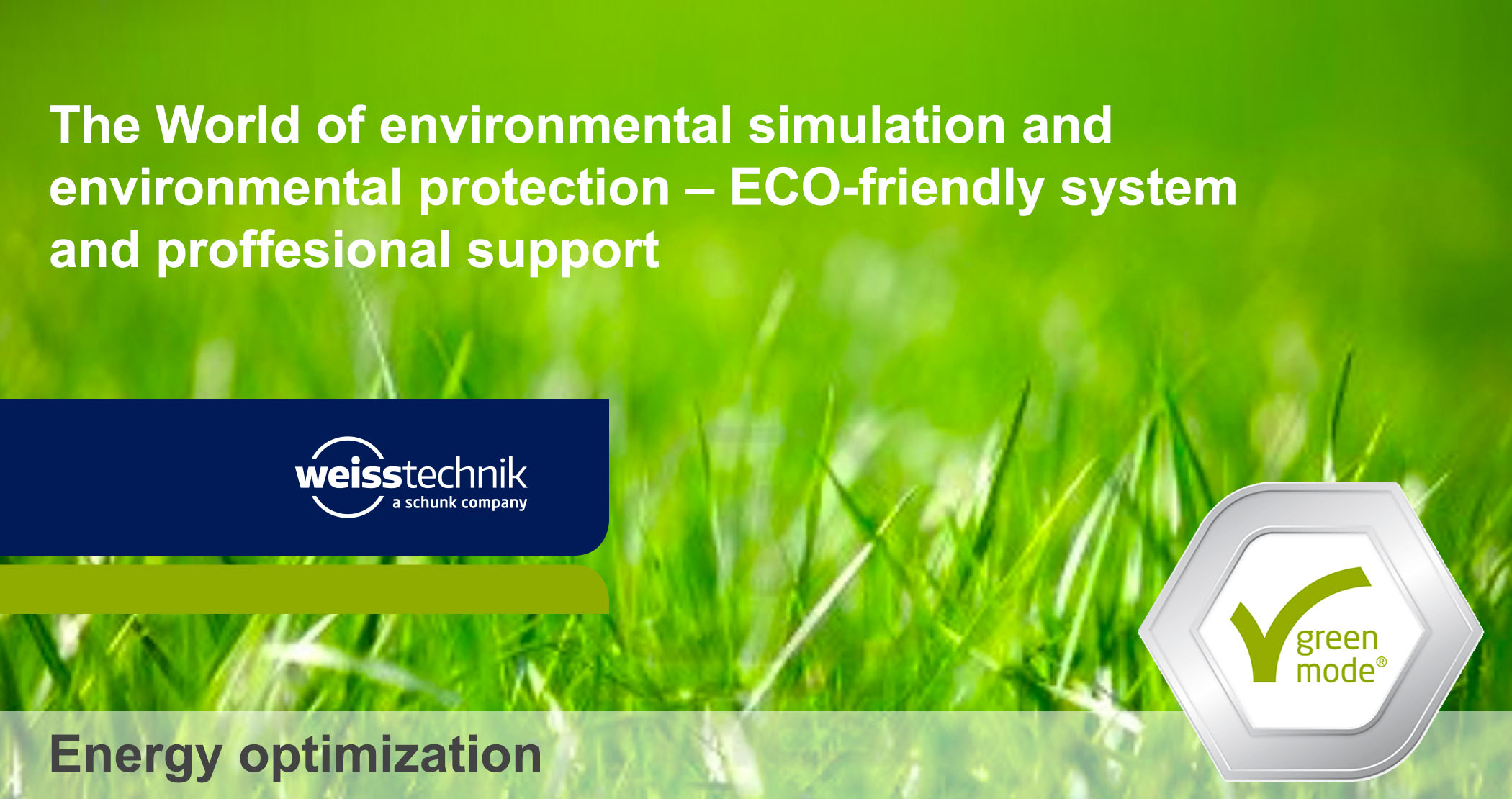Equipment for environmental simulation product testing
Simulation testing attempts to reproduce the circumstances a product would actually experience in the course of operation or transport by road, rail, sea, and air both to provide convincing information as to product reliability

Simulation testing makes it possible that potential problems emerge during development or at the latest, before delivery from factory so that extremely expensive and brand destructive, later occurring claims and product recalls can be avoided.
During testing, samples are placed in the sealed interior of a test chamber, where they are subjected to extreme environmental loads.
In thermal test cabinets, samples can be examined at a variety of temperatures over a broad range, from very low (as low as -75°C), to very high (as high as +180°C), while they are either at rest or in operation.
The openings on the sides of the chambers allow cables or tubes to be routed into the chamber to facilitate device operation.
Optionally, large view panes and interior lighting may be installed, enabling observation of device function within the chamber.
In both the smaller climate cabinets and large-scale climate chambers constructed on-site, the relative humidity may be varied from 10% to 98% within a temperature range of +10 to +95°C.
In high-power stress screening chambers, high cooling and heating rates (15 K/min on the high end) make it possible to produce temperature changes at very high speeds.
Even more radical environmental conditions are simulated in thermal shock chambers, where test objects are moved back and forth between a cold interior space (as cold as -80°C) and a warm one (up to +220°C).
Temperature and climatic tests may also be combined with UV radiation and mechanical stress testing, in which case the system produces mechanical vibrations and thermal/climatic loads simultaneously, thus modelling the circumstances a product might actually experience during either operation or transport by road, rail, sea, or air.
The conditions associated with various heights above sea level or with space travel may be simulated using vacuum or overpressure chambers.
Weiss also produces corrosion testers that enable the effects of salt fog, aggressive gases, acidic liquids, water spray, rain, etc. to be reproduced.
The company’s most recent development projects include SHED chambers for emissions testing and dust chambers, where dust subject to overpressure can be made to enter the interior of a test object, and the effects of abrasive materials of various particle sizes travelling a high flow rates can be simulated.
